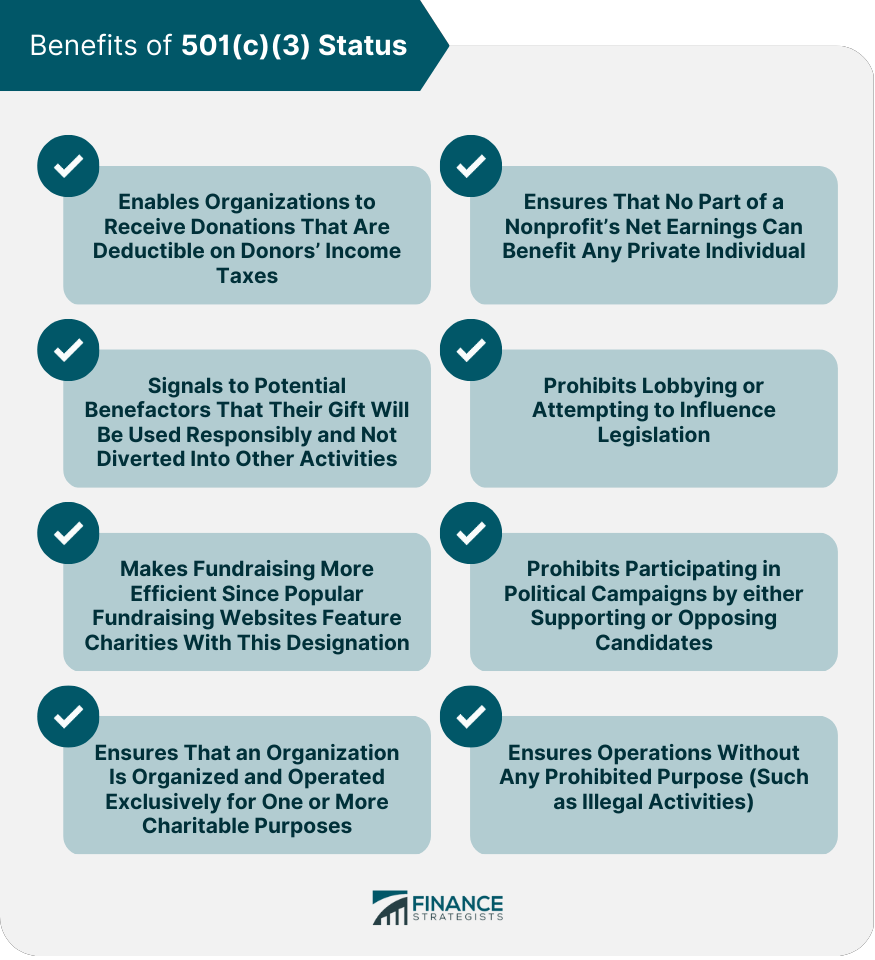Choosing a Non-Profit vs an LLC in Biotech Research
research 1 min read

Launching a Nonprofit (501(c)(3))
- Purpose: Public health initiatives, patient advocacy, education, and funding early-stage research.
- Funding Sources: Grants (NIH, foundations), donations, corporate sponsorships, fundraising events.
- Raise awareness about dementia and provide caregiver support.
- Apply for research grants to study neurodegenerative disease mechanisms.
- Build partnerships with universities, hospitals, and government agencies.
- Host clinical registries and open-data initiatives to accelerate research.
- Offer fellowships or training programs to educate talent in neurodegenerative research.

https://www.financestrategists.com/tax/501c3/irs-501c3-status/
Forming an LLC for Commercialization
- Purpose: Develop, patent, and commercialize dementia treatments or related technologies.
- Funding Sources: Private investors, venture capital, pharma partnerships, licensing deals.
Key Activities:
- Develop proprietary stem cell-based therapies or small-molecule drugs.
- Conduct preclinical research and partner with CROs for trials.
- License technology or seek acquisitions by major biotech firms.
- Build partnerships with universities, hospitals, and government agencies.
- Raise capital and provide services to develop data analytics platforms (e.g., AI-driven biomarker discovery).

https://www.businessrocket.com/business-corner/start/llc/benefits-of-establishing-llc-an-in-texas/
